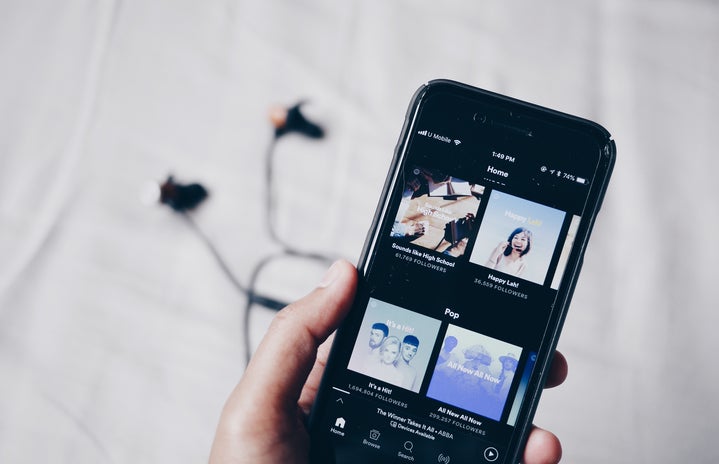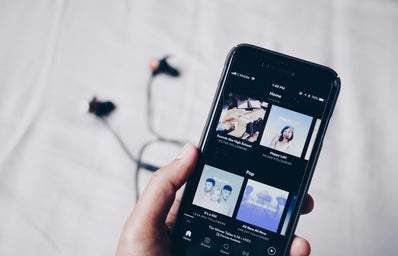Gone are the days of waiting in anticipation to run to the store, buy your favorite artist’s new album, rip the cellophane off of it and shove it into your car or at-home CD player just to hear all the new songs that will turn into old favorites. Today, the success of an artist’s new album is no longer measured by how many copies it sold, but rather how many streams it garnered between apps.
The way we obtain and listen to music has drastically changed within the last decade. Instead of collecting CDs and listening to one artist at a time, we now have millions of songs at our disposal just by a click of a button. While accessing music has become much easier and cheaper for the masses through subscription services on Apple Music and Spotify (students can pay subscription fees as little as $4.99 a month), artists as well as the people who work to produce music and albums are not seeing the same benefits.
According to the New York Times, the average $10 subscription fee has to be split a lot of ways before artists, songwriters and many other people involved in the music-making process ever see a cut. As streams of a particular song go up, the number of ways the fee must be split also rises. The streaming system really only benefits the most popular of artists, leaving smaller, independent artists and their teams making little profits.
The unequal distribution of profits is due to streaming services paying a large amount of what they make back to record labels and those labels not fairly compensating all players involved.
Within the streaming system, those making the most money are the services themselves, record labels and the biggest artists, while everyone else involved sees a smaller cut. While the unequal distribution of profits has always hurt artists, songwriters and others involved in producing music, the use of streaming services as the main way to obtain music has brought this issue to the forefront.
Although there have been efforts to change the current system of payouts used by the biggest streaming companies, not much has been done to fix the way profits are being distributed while the majority of people still subscribe to the two biggest streaming platforms, Apple Music and Spotify. According to NPR, some smaller streaming platforms utilize a user-centric and stream-to-own approach to fairly compensate all involved in making and producing music.
While the world of streaming is unlikely to change in the near future, it is important to be aware of how your subscription fee and streaming habits are being used to compensate those working to create and produce your favorite songs and albums.


